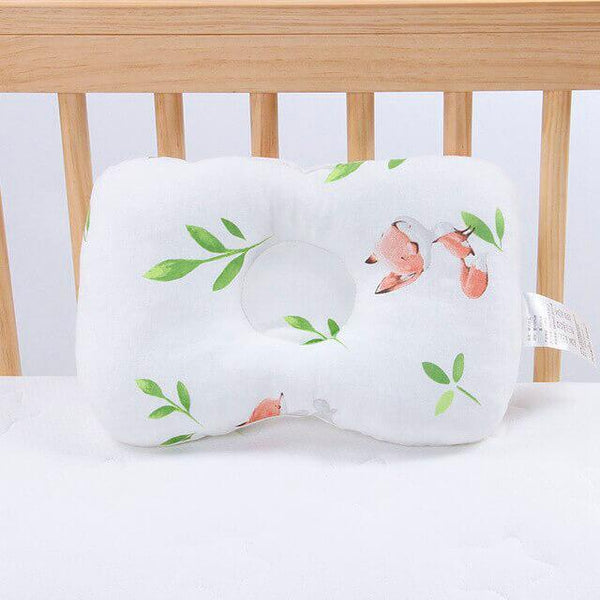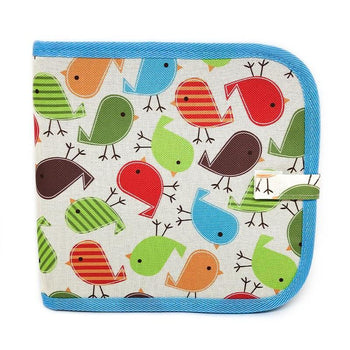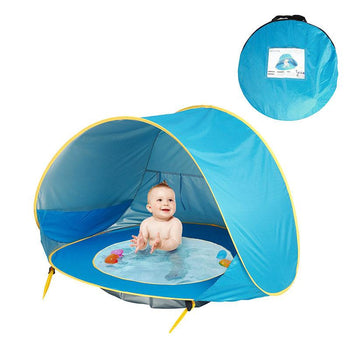Of course, we have several helpful age-specific patterns of sleep and feeding schedules on our site, but since your baby or child probably can't read yet, how do you get your child to actually follow one of these patterns? 'schedule ?
Having a schedule is all well and good, but how do you make sure your child's day matches that schedule?
In today's article, we bring you that planning help! Read on to find out how you can help your baby or toddler stick to a regular and stable daily schedule.

Setting up a good sleep cycle for your baby
Remember that when it comes to newborns, you should use the word "schedule" loosely. You certainly don't want to try to establish a fixed schedule with your newborn, but rather you want to think in terms of developing a more flexible schedule, based on routine and the organization of activities of your baby rather than at fixed times. You should carefully observe your baby's sleep and hunger cues. They are the best indicator of what your baby needs.
In order to promote good sleeping habits, we generally recommend an " eat, play, sleep " type program: you feed your baby, you make him do an activity (like reading a book, playing with a stuffed animal, etc.) then you lay him down for a nap. While not geared towards fixed meal and sleep times, this rhythm will favor the scheduled times that come later. You can also try to help your baby learn to fall asleep on his own by setting him down slightly awake at least once a day.
Once your baby is around 8 or 10 weeks old, you can start working at one or two set times of the day. This will be a first step to arrive at a slightly more rigorous schedule for good sleep rhythms.
The rhythm of sleep for a 4 month old baby
At 4 months your baby is still not ready for a strict schedule, but you can work on a more or less regular schedule at 4 months. At this age, the first naps in the morning and afternoon are good benchmarks to start having a good rhythm, as well as the time of waking up and going to bed.
You can also enforce strict sleep and bedtime habits at this age. Start by creating a regular bedtime routine. Later you will do a mini version of this routine but for nap time.
Keep in mind that sleep regression at 4 months usually happens around this time, and it will significantly disrupt your baby's sleep and cycle.
Sleep rhythm for a 5, 6 or 7 month old baby
If you want, you can start moving closer to your desired schedule. By 6 months, most babies are on solid foods (more on that here ), so you can start to establish more fixed feeding and sleeping schedules. Naps also start to stabilize, for most babies around 6 months, so it can be easier to have a regular and precise nap schedule at this age.

As for how to get your 5, 6, or 7 month old baby up to a good sleep pattern, you can simply extend your baby's awake time between naps (do this VERY gradually) up to your baby's naps line up with the scheduled times.
However, plan to be flexible. Even though your baby's schedules become more stable overall, there will still likely be days when your little one is reluctant and often when you try to stick to a schedule at all costs, you end up focusing on the clock rather than cues from your baby, resulting in a cycle of excessive fatigue.
The rhythm of sleep for an 8, 9 or 10 month old baby
For this stage you will do the same as above, you will gradually increase your baby's awake time until he aligns with the two nap schedule you want to implement. In general, it's easier to establish a schedule based on an hour at this age, simply because by then your baby will probably only be taking two naps a day and you won't have that "hamster wheel" of constant napping that you experienced during your baby's first six months of life. From then on, your baby will take two naps a day for a while, until he takes a nap in his early infancy.
Remember, however, that your baby will experience reduced sleep at 8/9/10 months during this time, which will likely result in some difficulty in the progress you make.
The rhythm of sleep for an 11 or 12 month old baby
Today, even the most unpredictable babies tend to have a regular daily schedule, even if it's not what you expected! 😉
At this age, it's best to start paying more attention to the clock, and it's also best to focus on extending your baby's awake time. Although young babies need little sleep time to avoid fatigue, at this stage you should probably focus on extending your child's wake time to ensure that bedtime does not won't be too late. It is especially important to ensure that the afternoon nap is not too late in the day.
Establishment of sleep cycles in children
Of all the age groups, the rhythm of life of a young child is often one of the easiest to achieve . As long as your child naps independently and can nap long enough, they will have a stable schedule. You can set the schedule according to his pace and he will usually have a good night's sleep and a good nap. We recommend our protective cushion , designed to keep your baby's head safe and comfortable.
It's true that being overtired can always lead to shorter naps or waking up too early, but if you follow a standard schedule of 5 hours of waking up before and after a nap, most toddlers should be fine. pretty good.
Do you want your baby to sleep through the night?
In this free guide , you'll discover 5 things you absolutely need to know.
With a unique approach and practical tools for success, this eBook will help you and your baby sleep better through the night.





























































































